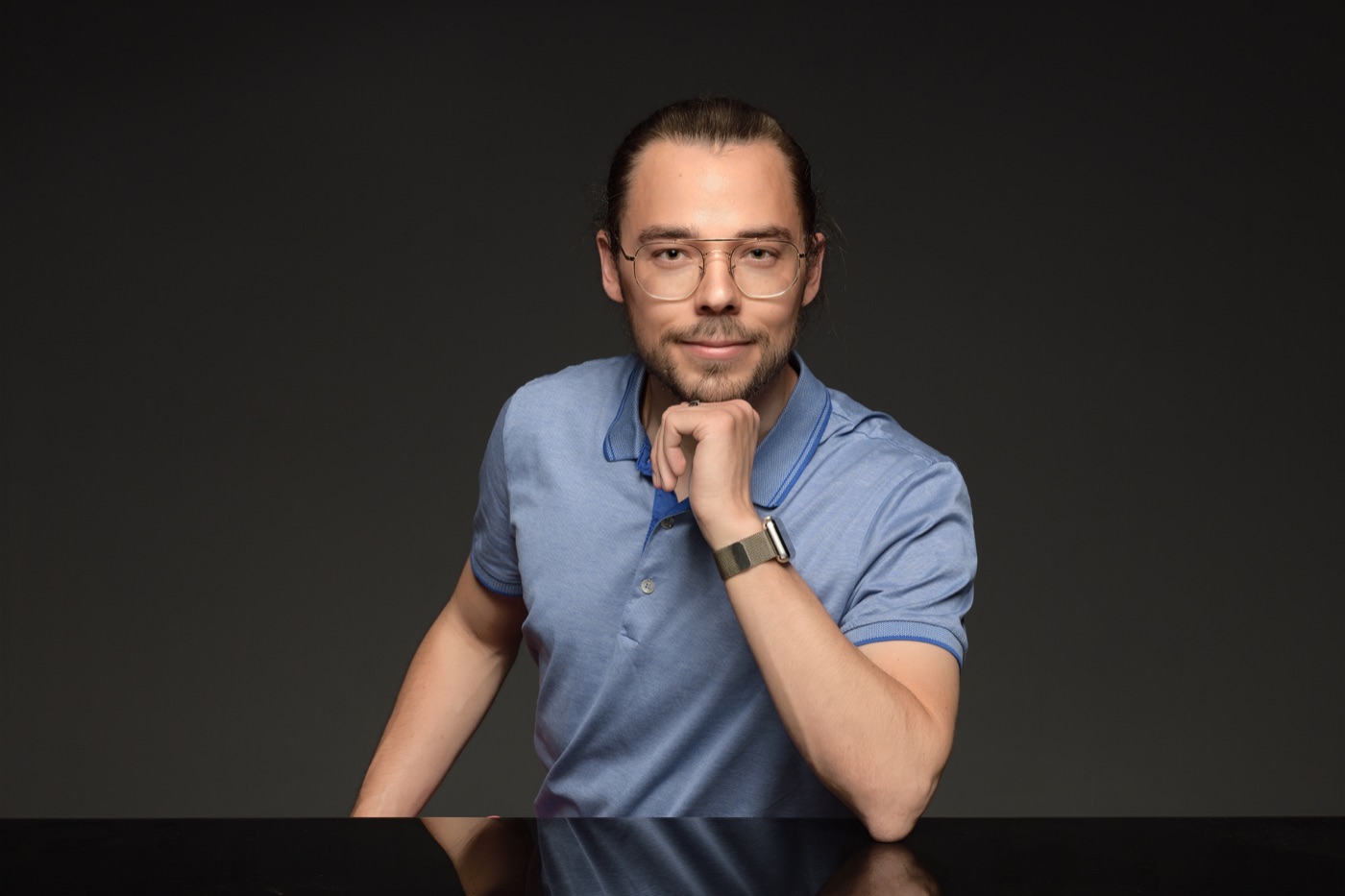331 reads
My Journey to Becoming a Better Software Designer and What I Learned Along The Way
by
December 5th, 2019

Data Engineer. Data Science and AI enthusiast. I love technology, art, travel, and politics.
About Author
Data Engineer. Data Science and AI enthusiast. I love technology, art, travel, and politics.